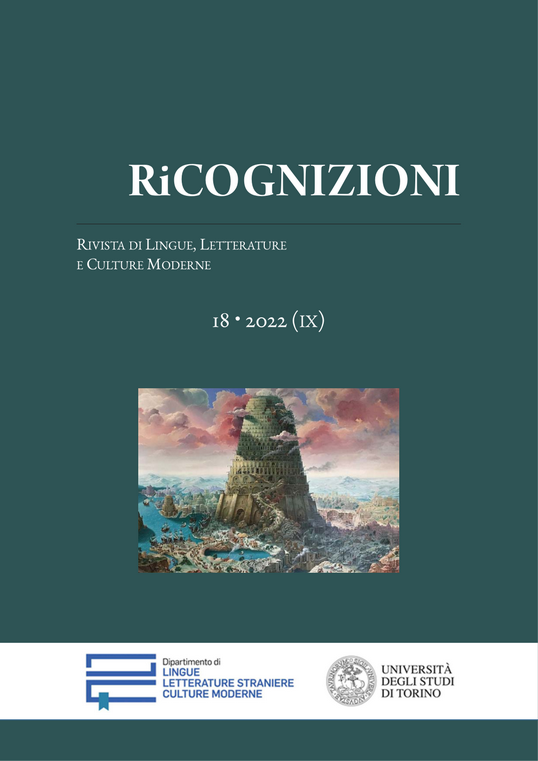Semantic of Iconic Languages
The IKON language and linguistic resources
DOI:
https://doi.org/10.13135/2384-8987/7095Keywords:
Semantics, Icons, Visual semiotics, Semasiographies, Linguistic ResourcesAbstract
Written language production evolved from the representation of meanings to the representation of sounds, and more recently is now increasingly integrated by elements such as emoticons, emojis, and stickers. Our main question is: how can we represent verbal language through icons? In this regard, we have successful experiments: Emojiitaliano for the translation of Pinocchio (Chiusaroli et al., 2016), Augmentative and Alternative Communication (AAC), and others. These systems rely on different semantic approaches to translate concepts into pictograms, ideograms, or abstract symbols (Albacete et al., 1994; Tenny, 2014). The contribution of the present work is threefold: we give a review of different semantic approaches in modern iconic languages and semasiographies; we then present IKON, a new iconic language conceived as a novel step into the evolution of iconic languages introducing the use of lexical resources and semantic ontologies to build more precise icons.
Downloads
Published
How to Cite
Issue
Section
License
RiCognizioni is published under a Creative Commons Attribution 4.0 International License.
With the licence CC-BY, authors retain the copyright, allowing anyone to download, reuse, re-print, modify, distribute and/or copy their contribution. The work must be properly attributed to its author.
It is not necessary to ask further permissions both to author or journal board.








